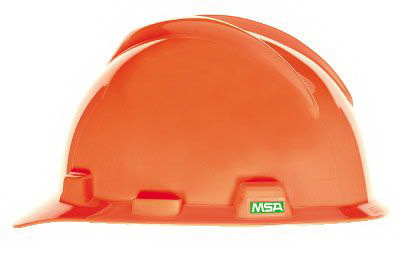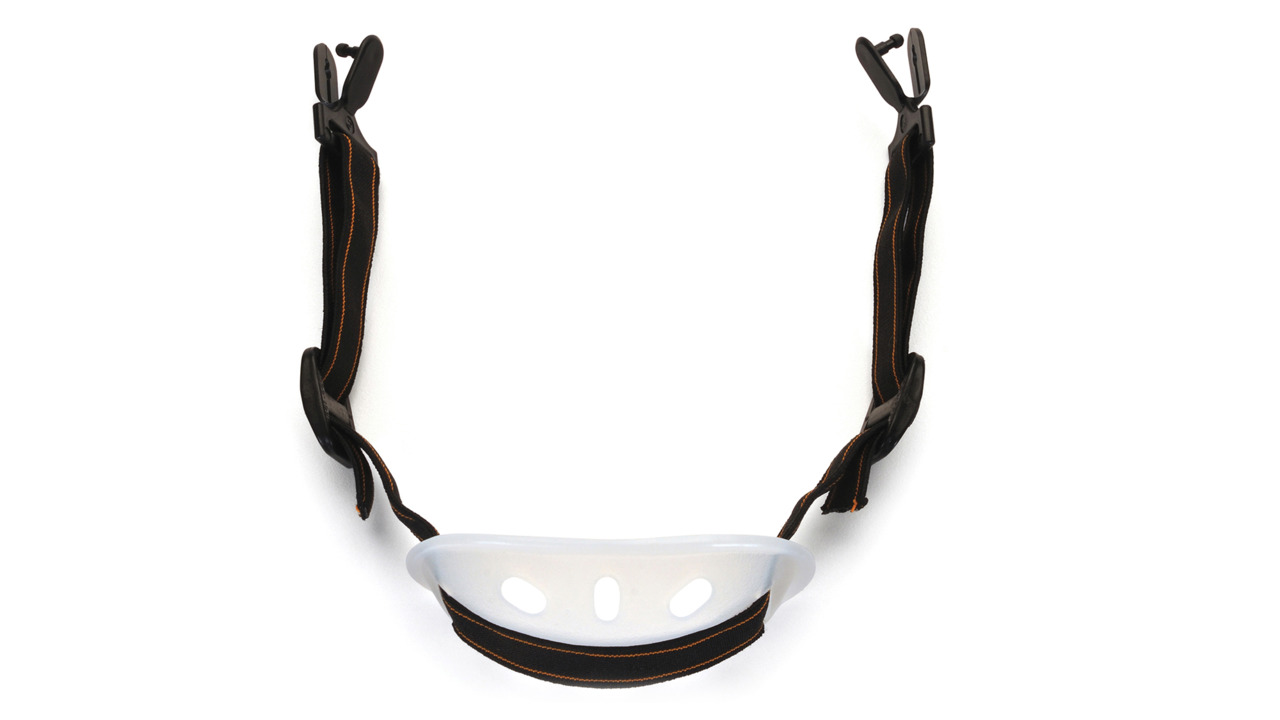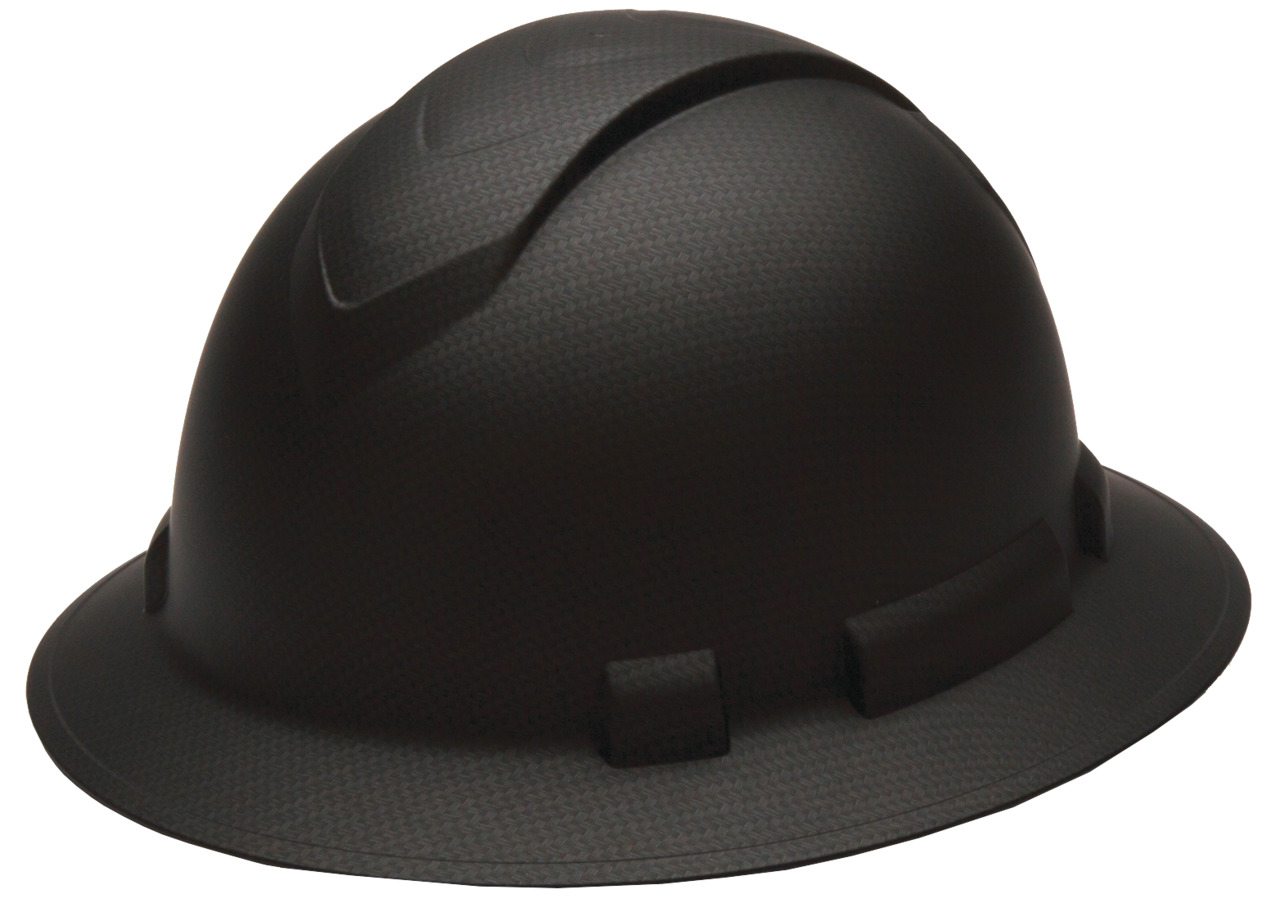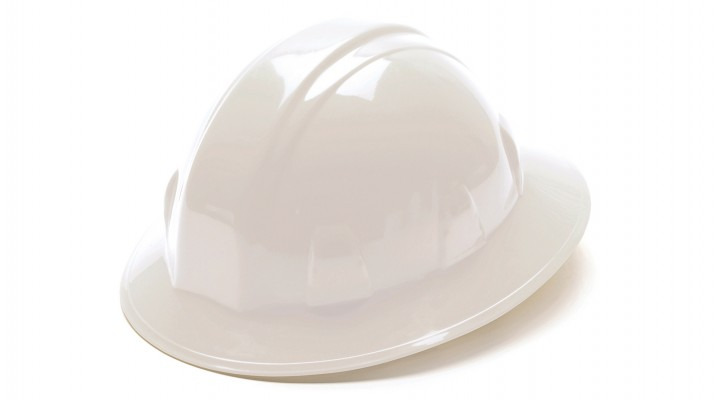Hard Hats
Filter
241 items
content loaded
Price
$198.99 (EACH)
Item pricing and delivery options may vary based on location. Select your local branch for best pricing.
Price
$180.99 (EACH)
Item pricing and delivery options may vary based on location. Select your local branch for best pricing.
Price
$106.99 (EACH)
Item pricing and delivery options may vary based on location. Select your local branch for best pricing.
Price
$108.99 (EACH)
Item pricing and delivery options may vary based on location. Select your local branch for best pricing.
SKU#:216488146BL
MFG#:488146BL71109
Price
$23.99 (EACH)
Item pricing and delivery options may vary based on location. Select your local branch for best pricing.
Price
$2.79 (EACH)
Item pricing and delivery options may vary based on location. Select your local branch for best pricing.
Price
$36.99 (EACH)
Item pricing and delivery options may vary based on location. Select your local branch for best pricing.
Price
$16.99 (EACH)
Item pricing and delivery options may vary based on location. Select your local branch for best pricing.
Price
$198.99 (EACH)
Item pricing and delivery options may vary based on location. Select your local branch for best pricing.
Price
$180.99 (EACH)
Item pricing and delivery options may vary based on location. Select your local branch for best pricing.
Price
$106.99 (EACH)
Item pricing and delivery options may vary based on location. Select your local branch for best pricing.
Price
$108.99 (EACH)
Item pricing and delivery options may vary based on location. Select your local branch for best pricing.
SKU#:216488146BL
MFG#:488146BL71109
Price
$23.99 (EACH)
Item pricing and delivery options may vary based on location. Select your local branch for best pricing.
Price
$2.79 (EACH)
Item pricing and delivery options may vary based on location. Select your local branch for best pricing.
Price
$36.99 (EACH)
Item pricing and delivery options may vary based on location. Select your local branch for best pricing.
Price
$16.99 (EACH)
Item pricing and delivery options may vary based on location. Select your local branch for best pricing.









